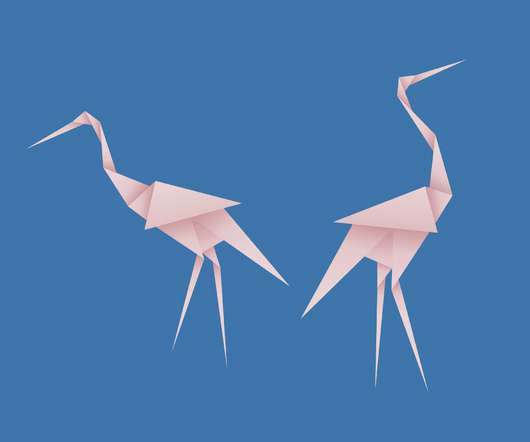Patrick Thomas & his PULP silkscreen prints respond to the era of "truth decay"
Type room
OCTOBER 7, 2019
A-Z presents , exhibition , Patrick Thomas , talk , Berlin , fake news , truth , artivism , silkscreen , silkscreening prints , newspaper , printing. In 2005 he published Black & White, a compilation of his work for the International Press. In 2011 Laurence King Publishing , published his second book Protest Stencil Toolkit.














Let's personalize your content